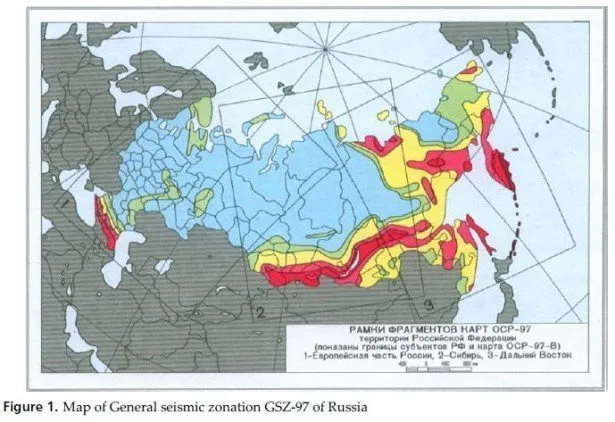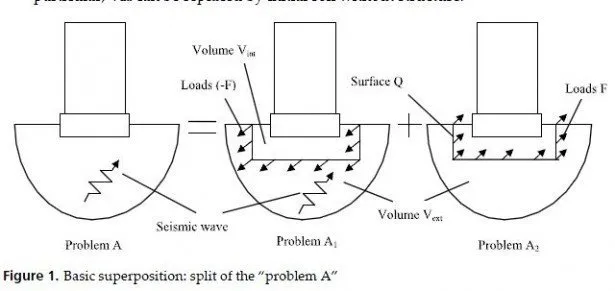As one of the most devastating natural events, earthquakes impose economic challenges on communities and governments. The number of human and economic assets at risk is growing as megacities and urban areas develop all over the world. This increasing risk has been plotted in the damage and loss reports after the great earthquakes.
The 1975 Tangshan (China) earthquake killed about 200,000 people. The 1994 Northridge, (USA) earthquake left 57 dead and about 8,700 injured. The country experienced around $42 billion in losses due to it. The 1995 earthquake in Kobe (Japan) caused about 6,000 fatalities and over $120 Billion in economic loss. The August 1996 Izmit (Turkey) earthquake killed 20,000 people and caused $12 billion in economic loss. The 1999 Chi-chi
(Taiwan) earthquake caused an estimated $8 billion in loss. The 2006 Gujarat (India) earthquake saw around 18,000 fatalities and 330,000 demolished buildings [1]. The Sichuan (China) earthquake, on May 12th 2008 left 88,000 people dead or missing and nearly 400,000 injured. That earthquake damaged or destroyed millions of homes, leaving five million homeless. It also caused extensive damage to basic infrastructure, including schools, hospitals, roads and water systems. The event cost around $29 billion in direct loss alone [2]. The devastating earthquake of March 2011 with its resulting tsunami along the east coast of Japan is known to be the world’s most costly earthquake. The World Bank estimated the cost at $235 billion while government estimates reported the number at $305 billion. The event left 8,700 dead and more than 13,000 missing [3].
As has been shown, earthquake events have not only inflicted human and physical damage, they have also been able to cause considerable economic conflict in vulnerable cities and regions. The importance of the economic issues and the consequences of earthquakes attracted the attention of engineers and provided new research and working opportunities for engineers, who up until then had been concerned only with risk reduction options through engineering strategies [4].
Seismic loss estimation is an expertise provided by earthquake engineering and the manner in which it can be employed in the processes of assessing seismic loss and managing the financial and economical risk associated with earthquakes through more beneficial retrofit methods will be discussed. The methodology provides a useful tool for comparing different engineering alternatives from a seismic-risk-point of view based on a Performance Based Earthquake Engineering (PBEE) framework [5]. Next, an outline of the regional economic models employed for the assessment of earthquakes impact on economies will be briefly introduced.



